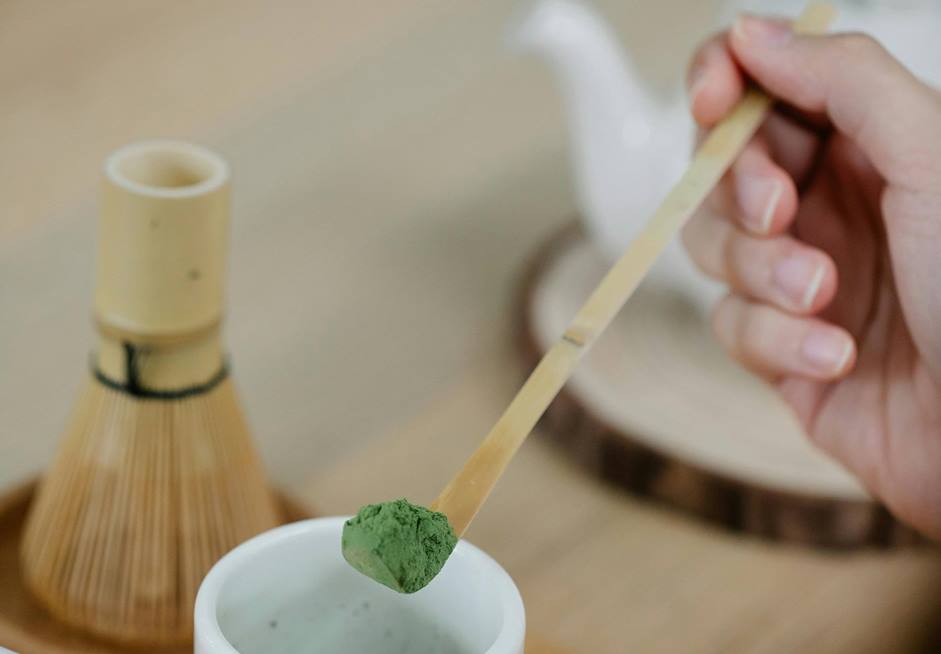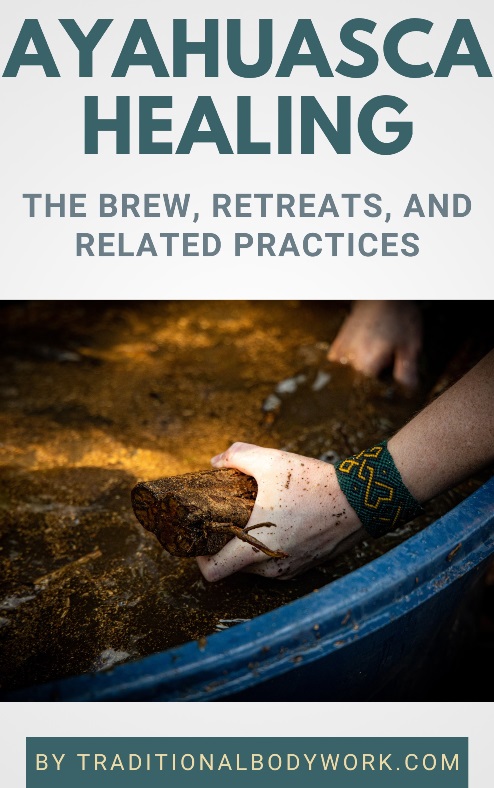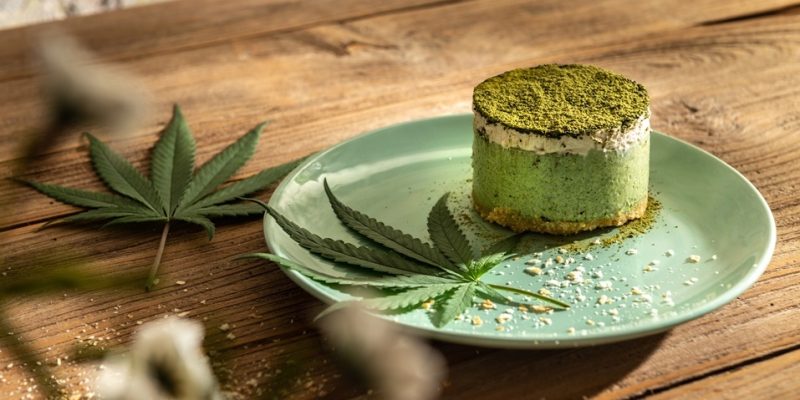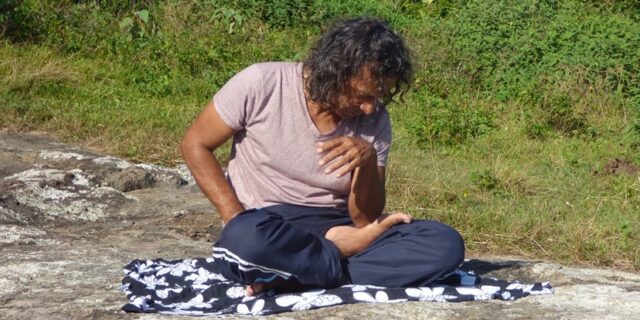Ancient people used Kratom, thus making the plant become part of their cultural heritage. Since time immemorial, different cultures have employed it in many different ways, which are beyond just consumption. It’s worth mentioning the kratom use for meditation in ancient times, and it was thought to facilitate spiritual and reflective experiences.
From the historical sources and traditional ceremonies, one can comprehend how much kratom-based products were appreciated by ancient societies, influencing the nature of their rites and customs. This research reveals its significance and its place in history.
7 Significances Of Kratom Supplements In The Ancient Culture
Ritualistic use
In the old days, Kratom extracts had great significance in rituals closely linked to customs and traditions. These substances played a big part in cultural ceremonies and social interactions; they were often used during rituals to create stronger community experiences and spiritual practices. The participation of this stuff in ceremonial activities shows that it was more than just a substance but also a representative of cultural identity and spiritual relatedness.
A study of the historical background and ritualistic use might evoke an understanding among people related to its underlying cultural importance and how it impacted traditional rites and communal existence.

Social ceremonies
In ancient cultures, Kratom supplements played an important role in social ceremonies and rituals. These natural substances often augment community gatherings, celebrate key moments, and promote mutual identity.
It was considered a valuable asset during public functions as it facilitated having a common experience, thereby adding ceremony to the event and sustaining cultural beliefs. The use of rituals involving it shows how essential it is for enabling cohesion among societies, turning them into communal events where individuals meet.
Traditional medicine
In ancient cultures, traditional medicine practices involved the use of Kratom supplements. These were used in everyday lives and healing processes to show that people depended on their natural resources.
They were employed during cultural events for social and spiritual purposes. The use of these supplements in traditional ways demonstrates how critical natural products have been in shaping the way of life and beliefs of past societies, hence untiringly underlining the significance of herbal medicines in cultural heritage.
Cultural identity
In old societies, Kratom supplements bore huge cultural relevance since they were deeply embedded within everyday living and social acts. Frequently, these additional constituents were integrated into rituals and customs that depicted the morals and habits of a group of people. This assisted in strengthening their culture by showing how it had been inherited from one generation to another through generations.
Its use in various ceremonies and gatherings pointed towards its relationship with culture as being a bridge between individuals and their cultural pasts, whereby there is shared unity among members on such occasions.
Trade and commerce
Kratom products were of immense value in terms of commercial activities and business during ancient times. They were often given up for other goods and services, which signified their place in the economy then. In addition to being used as a medium of exchange, it was also included in social practices and rituals, which helped in cross-cultural interactions.
The fact that it was traded showed the significance of this plant beyond its local populations, thereby linking societies together and contributing to the economies of the ancient world.
Religious practices
Kratom supplements were highly significant in religion and other ancient cultures. These supplements were often utilized during ceremonies and rites to make them more spiritual or enable deeper meditative states.
These supplements were employed to reach out to the divine, find guidance, or attain an elevated state of consciousness when partaking in sacred occasions. This historical use is illustrative of the long-standing cultural traditions surrounding it and its place in shaping religious and spiritual practices; it also signifies its significance in the cultural heritage of many societies.
Community bonding
It was a common practice in historical civilizations for people to use Kratom supplements to promote social bonding and participation in society. Generally, these were used while gathering communally or during various ceremonies, which built bridges of closeness in the group.
Its ceremonial usage among Indonesians and other societies deepened friendships, and conversations about it made communities grow stronger and determined the preservation of their customs. In this way, ancient civilizations used it as an integral part of their communalism; they helped strengthen the sense of belonging and celebrated their culture in ways that mattered.
How Did Ancient People Use Kratom?
Ancient cultures utilized Kratom in various ways as part of their daily lives and traditional practices. The leaves were often chewed directly or brewed into tea, used by laborers and farmers for stimulating effects during long work hours. In social and ritualistic contexts, it was sometimes employed in ceremonies to enhance communal bonding and as a symbol of cultural identity.
Additionally, it was integrated into traditional practices for various purposes, including spiritual and social gatherings. Its versatility made it a valuable component of daily life, reflecting how ancient people adapted natural resources to fit their needs and customs.
How Was Kratom Different From Traditional Supplements In Ancient Times?
Unlike traditional supplements, Kratom was different in its usage and application during ancient times. Traditional supplements were taken to provide some specific dietary needs or improve general wellness, unlike Kratom, which was specifically used due to its distinct characteristics that affected a number of things in life.
While typical supplements aimed at giving individuals vital nutrients or fighting against certain deficiencies, Kratom had broader cultural significance and often involved elaborate rituals. Additionally, traditional supplements were generally sourced from diverse natural sources and formulated using standardized procedures; on the other hand, Kratom has been utilized variously and contextually by different communities.

Final Words
The importance of Kratom supplements in ancient cultures illustrates a lot about previous societies’ norms, values, and practices. Kratom was an essential part of their customs and daily lives; therefore, it was widely used in different rituals, ceremonies, and social events to underline its cultural significance. From these historical contexts, one can see that old societies had integrated natural resources into their lives, which can be seen through the modern traditions that still prevail due to them. Studying how kratom has historically been used will make us understand it better as not only a material culture but also an intangible heritage handed down over generations.


















